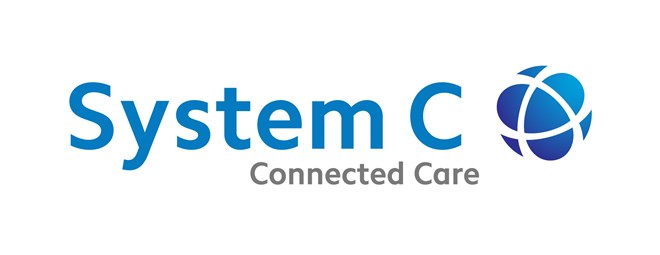Digital maturity is a 10-year journey with huge upside potential and, while we all need to play a role in making it happen, persistence and patience will be key, says Dr Jonathan Bloor

Matt Hancock is clearly not going to back off in his promise to “double down on the tech agenda and bring the NHS into the 21st century”. He has announced a new ‘Digital Aspirant’ programme to support NHS providers and hit out at “the people who think my obsession with tech is a load of old blockchain”.
Sponsored by

This decision to double down was probably a difficult one politically. Still smarting from the National IT programme failure, HM Treasury would have asked some difficult questions this time round. And it shows some determination to take this decision in the face of increasingly desperate cries from the wider NHS for more staff.
Was this a good decision?
The NHS long-term plan sets out a vision for a sustainable, personalised, predictive and research-focused health service. This is very difficult to deliver when key clinical processes remain on paper.
The NHS has a unique position globally by being the custodian of longitudinal health and social care data for the majority of its citizens. Post-Brexit, we need to cement our place as a world leader in healthcare delivery, innovation, research and life sciences. To succeed, we must bring the acute sector up to the level of primary care digitisation.
To start with, what we do know:
We know that if you get the workflow right, then digitising clinical processes is both possible and improves care. Primary care, eObservations and ePrescribing are good examples.
Post-Brexit, we need to cement our place as a world leader in healthcare delivery, innovation, research and life sciences. To succeed, we must bring the acute sector up to the level of primary care digitisation
The data is then available for continuous improvement and research. An evidence-based project at the Nuffield Trust is using eObservations data to help inform national policy on the potential for safely reducing patients’ length of stay, for example, Alder Hey is using vital signs data in pioneering work identifying early warning signs of deterioration in children.
We also know that over-prescription from the centre doesn’t work. However, despite good evidence of clinical effectiveness, there remains unwarranted variation in the adoption of clinical systems across the NHS. This unwarranted variation is, quite rightly, what the Digital Aspirant programme is looking to address.
Many of the challenges bringing 21st century tech to the NHS have mirrored the broader challenges facing the service. These include funding, safety, lack of integration, value for money, evidence of clinical effectiveness and lack of digital leadership.
Why is there hope?
There is hope that things will be different this time because many of these issues are being addressed.
-
We have had a period of sustained funding.
-
There is a big drive to professionalise health informatics in the UK and have CIO/CCIO representation on every NHS board. The Digital Academy, CHIME and the UK Faculty of Health Informatics are all playing an important new role.
-
There is wide-reaching progress on standards being driven by NHSX.
-
National Institute of Health and Care Excellence has published an evidence standards framework for digital health technologies and the NHS App library is now established.
-
New clinical safety standards for the development and implementation of Health IT are mandatory. Software as a medical device regulation is overseen by the MHRA and we are shortly adopting the new EU Medical Device Regulation.
-
There is a healthier balance between local initiatives and specific national projects like NHS Login and the National Record Locator Service.
Many of the challenges bringing 21st century tech to the NHS have mirrored the broader challenges facing the service. These include funding, safety, lack of integration, value for money, evidence of clinical effectiveness and lack of digital leadership
Why we need to be cautious
-
When money becomes available, we need to spend it wisely. This means focusing on the desired outcomes, not the technology itself.
-
We will only know we are getting value if we measure the benefits and outcomes. Very few NHS organisations do this.
-
We need to learn from our own previous mistakes like the IT programme and Care.data, particularly in terms of how we handle data. Public trust is essential.
-
We need to learn from the mistakes others have made. On paper, the US has good provider digital maturity, but this appears to be the leading contributory factor in physician burnout. We have the opportunity NOT to repeat these mistakes.
-
We must be patient and not set unrealistic timelines. Getting the basics right is a necessary precursor to the promise of population health and artificial intelligence.
Digital transformation in healthcare is hard due to the complexity of clinical workflow and the safety-critical and regulatory environment that software is deployed in. We do need to recognise this – if it was easy, it would already have been done.
It does feel like we are doing the right things now, with a focus on safety, effectiveness, speed and workflow. We also need persistence and patience – digital maturity is a 10-year journey with huge upside potential. We all need to play a role in making it happen.































